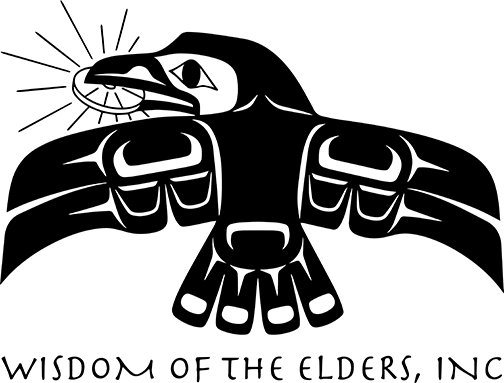The Ghost Dance
with Nico Wind
Arlie Neskahi:
More than a century ago, in isolated places in the west, groups of Native men, women and children would gather in secret to sing and dance and pray. A note of fear, pain and suffering would pervade the atmosphere. The people’s lives had been turned upside down. Disease had killed many of them. And the rest expected to be killed by the U.S. Military. They asked the creator to spare them, return the buffalo herds in abundance, and magically resurrect all their dead ancestors.
This is the Ghost Dance, a well-known, but little-understood religion—called Naraya among the Shoshone. On today’s Tribal Rhyhtms, Nico Wind explores the music of the Ghost Dance through the work of ethnomusicologist Judith Vander.
Nico Wind:
The Ghost Dance of 1890 was born in the dry lake country and pine forested hills of western Nevada. It is associated with the Paiute prophet, Wovoka, or Jack Wilson. Wovoka preached that his followers should do no harm to anyone, tell no lies, work for the white man and dance the traditional round, or circle, dance.
As word spread, emissaries from various tribes, including the Shoshone, came to visit Wovoka. His doctrine seemed to offer hope that their lives and cultures might be saved. Songs became important vehicles for the spread of Ghost Dance beliefs. Christian missionaries, however, uniformly denounced the practice, the media inflamed the situation, and the U.S. military began a campaign to suppress it.
Michigan ethnomusicologist Judith Vander spent many years in the 1970’s and 80’s visiting with Shoshone musicians and elders in Idaho. With their cooperation, she recorded and preserved much about the Shoshone and their music, including the Ghost Dance.
Wovoka’s Ghost Dance actually grew out of an earlier movement, known as the 1870 Ghost Dance of Wodziwob. This movement also used the round dance for its ceremonies, a dance that had already existed for many centuries.
In the words of these songs, reference to clean water, mountains and animals abound. Judith Vander suggests that in an environment of little water and scarce food, Shoshones often sang of their gratitude for these gifts from the creator.
Here, two elder women, Emily Hill and Dorothy Tappay, sing about a mountain with which they are in daily contact. The lines translate roughly: “our mountain-above fog lying while moving. Fog, fog, fog lying while moving.”
This song says small ducklings follow one another, swimming—in the good water. As in most Naraya, this brief song consists of only two lines chanted over and over, serving as a prayer for the dancers.
Catchy rhythms and playful movement in the melody may also characterize Naraya. These women sing about the soul. Beliefs in the immortal soul and life after death among Native peoples long pre-date Christian influences. In a recorded interview, Emily Hill states that the soul’s journey back to the creator, is like the movement of fog through the air, back to God. But no less important are the concepts of a physical end of the world. Vander reports that this song mentions our mothers who will come looking for their children at the end of the world. Naraya celebrants believed that a cloud would carry the soul back to heaven at the time of death, or back to the earth at the time of the resurrection of the dead.
Listen to this song. Can you hear the familiar hymn “Amazing Grace?” Wovoka maintained that in his time, Jesus was then on the earth, heralding the end of the world and the rebirth of the old way.
The Ghost Dance was practiced in a number of tribal communities across the country until the end of the nineteenth century. The Shoshone Naraya continued until the late 1930’s, when one of the last Ghost Dance ceremonies was documented.
Special thanks to Judith Vander, who has written much about the music of the Shoshone Ghost Dance, and has also brought attention to the role of women in Native American cultures.
For Wisdom of the Elders, I’m Nico Wind.

